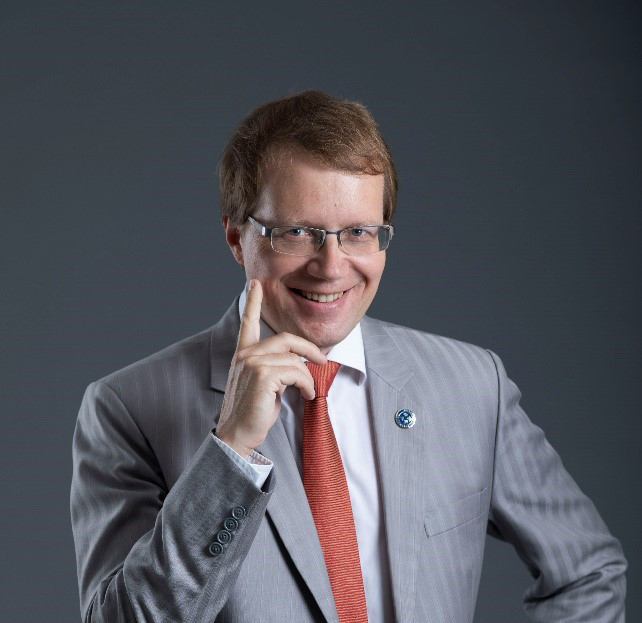
About:
Field of expertise is physics of light-matter coupling and solid state physics, both theoretical and experimental. Research activity and contributions are in many-body quantum physics of excitons and exciton-polaritons. In 1992, he joined the field of Polaritonics and published his first paper on the theory of exciton-polaritons in quantum well, wire and dot structures. In 1993, Prof. Kavokin collaborated with the optical spectroscopy groups of the Universities of Wurzburg and Montpellier on the exciton-related phenomena in diluted magnetic semiconductors. In 1998, he predicted the vertical motional narrowing effect for exciton-polaritons in multiple quantum wells with Lucio Andreani (Pavia). A year earlier the group of Ruben Seysian has discovered the above barrier excitons predicted in his paper of 1995. Being appointed to a permanent position in France, Prof. Kavokin applied for European funding "CLERMONT". This project achieved several ground breaking results: for the first time bosonic stimulation of scattering of exciton-polaritons in microcavities has been evidenced (2000). In 2005-2007 Prof. Kavokin took part in the experimental demonstration of the Bose-Einstein condensation of exciton-polaritons. In 2007, polariton lasing at room temperature has been documented. He theoretically predicted new effects, including the Optical Spin Hall effect (predicted in 2005, observed in2007), Bloch oscillations of light (predicted in 2001, observed in 2004), room temperature Bose-Einsteincondensation of exciton-polaritons in GaN microcavities (predicted in 2003, observed in 2008). In 2003together with Guillaume Malpuech, He has published the first text book on Polaritonics ("Cavitypolaritons", Elsevier) which has been followed by "Microcavities". The work on this last book has beencompleted in the United Kingdom in 2005. At the same year, he has been appointed a Chair ofNanophysics and Photonics at the University of Southampton where he created a group of young theorists whosuccessfully collaborated with over 20 experimental laboratories all over the world. The results of thiscollaboration are: prediction (2007) and observation (2009) of half-quantum vortices in polariton condensates,prediction (2006) and observation (2010) of the spin Meissner effect in polariton condensates, prediction(2008) and observation (2011) of polariton spin rings and polarisation multistability, prediction (2009) andobservation (2010) of Tamm plasmons, interpretation of cold exciton spin patterns (2012), concept of BosonicCascade lasing (2013), theory of polariton qubits (2016). This research resulted in over 300 publications inpeer reviewed journals. His research group has formulated several concepts of new polariton devices. Theseare "polariton neurons" for information processing, ultrafast optical switches, micro-lasers working in aterahertz frequency range, polariton based hybrid solar cells, polariton logic gates and spin transistors.
Publications:
Polariton condensates for classical and quantum computing
Kavokin A, Liew.C.H. Timothy, Schneider Christian, Lagoudakis G. Pavlos, Klemt Sebastian, Hoefling SvenProgress In Electromagnetics Research, Vol. 173, 141-149, 2022
Tamm States and Gap Topological Numbers in Photonic Crystals
Cao JH, Kavokin A. V., Nalitov A. V.Progress In Electromagnetics Research, Vol. 173, 141-149, 2022
Femtosecond Dynamics of a Polariton Bosonic Cascade at Room Temperature
Chen F, Zhou H, Li H, Cao JH, Luo S, Sun Z, Zhang Z, Shao ZQ, Sun FH, Zhou B, Dong HX, Xu HX, Kavokin A, Chen ZH, Wu JNano Letters 2022 22 (5), 2023-2029
Spin-Selective Currents of Tamm Polaritons
Sedov E, Glazov M, Kavokin APhys. Rev. Appl. 17, 024037 (2022)